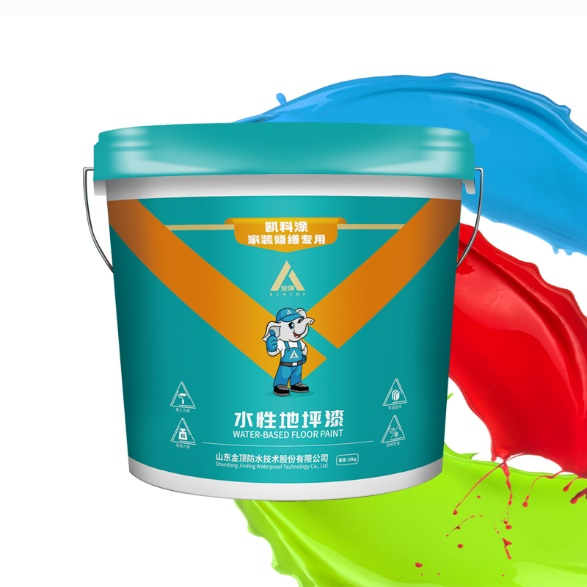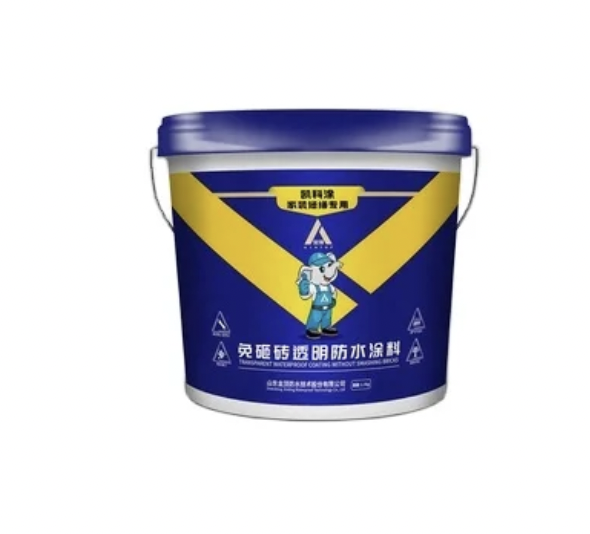Essential Guide to Selecting Premium Floor Paint Solutions
Selecting the right floor paint can transform your space while providing lasting protection against daily wear and tear. Whether you're renovating your garage, updating a basement, or refreshing a commercial space, the durability of your floor paint will determine how well your investment holds up over time. Understanding the key factors that influence floor paint performance will help you make an informed decision for your specific needs.
Floor paint has evolved significantly over the years, offering improved formulations that combine exceptional durability with aesthetic appeal. Modern options include epoxy-based coatings, polyurethane finishes, and advanced latex formulations, each designed to withstand different levels of traffic and exposure to environmental factors.

Understanding Different Types of Floor Paint
Epoxy Floor Coatings
Epoxy floor paint stands out as one of the most durable options available in the market. This two-component system creates a chemical reaction when mixed, resulting in an incredibly strong and resistant surface. Professional-grade epoxy floor paint can withstand heavy machinery, chemical spills, and constant foot traffic, making it ideal for industrial settings, garages, and high-traffic commercial areas.
The application process for epoxy floor paint requires careful preparation and precise mixing ratios. While more complex to apply than traditional paint, the results offer superior protection and can last for many years with proper maintenance. Additionally, epoxy coatings come in various finishes, including high-gloss options that can brighten up dim spaces.
Polyurethane-Based Solutions
Polyurethane floor paint provides excellent UV resistance and flexibility, making it particularly suitable for outdoor applications or areas exposed to sunlight. This type of floor paint creates a tough, elastic coating that can withstand temperature fluctuations without cracking or peeling. The flexibility of polyurethane coatings helps them maintain integrity even with substrate movement.
These coatings also offer superior chemical resistance and maintain their color and clarity over time. Many contractors prefer polyurethane floor paint for areas that require both durability and aesthetic appeal, such as showrooms or retail spaces.
Surface Preparation and Application Techniques
Professional Surface Assessment
The success of any floor paint application begins with proper surface preparation. A thorough assessment of the existing floor condition helps identify potential issues that could compromise paint adhesion. Look for signs of moisture problems, previous coatings, or surface damage that needs addressing before application.
Concrete floors require particular attention to detail during preparation. Testing for moisture content and checking pH levels can prevent future paint failure. Professional contractors often use specialized equipment to profile the surface, creating the optimal texture for paint adhesion.
Essential Preparation Steps
Begin by thoroughly cleaning the surface to remove all dirt, grease, and contaminants. Any residual substances can prevent proper paint adhesion and lead to premature failure. For concrete floors, etching or shot blasting may be necessary to create a surface profile that allows the floor paint to bond effectively.
Repair any cracks, holes, or damaged areas using appropriate patching compounds. Allow all repairs to cure completely before proceeding with paint application. Proper preparation may seem time-consuming, but it's crucial for achieving long-lasting results with your floor paint project.
Environmental Considerations and Performance Factors
Climate Impact on Paint Selection
The environment where the floor paint will be applied plays a crucial role in selecting the right product. Consider factors such as temperature fluctuations, humidity levels, and exposure to direct sunlight. Some floor paint formulations are specifically designed to perform better in challenging environments.
For areas subject to frequent temperature changes, choose a floor paint that offers good flexibility to prevent cracking. In high-humidity environments, moisture-resistant formulations help prevent blistering and peeling. Understanding these environmental factors ensures your floor paint will maintain its integrity over time.
Chemical and Physical Resistance
Different environments expose floors to various types of stress. In industrial settings, floor paint must resist chemical spills and heavy equipment. For commercial spaces, the focus might be on wear resistance from constant foot traffic. Select a floor paint that specifically addresses the challenges present in your environment.
Consider the specific chemicals or substances that may come into contact with the floor. Many manufacturers provide chemical resistance charts for their floor paint products, helping you choose the most suitable option for your needs.
Maintenance and Long-Term Care
Regular Cleaning Protocols
Proper maintenance significantly extends the life of floor paint. Develop a regular cleaning schedule using appropriate cleaning products that won't damage the coating. Avoid harsh chemicals or abrasive cleaning tools that could scratch or dull the surface.
Address spills and stains promptly to prevent them from penetrating the coating. Different types of floor paint may require specific cleaning methods, so always follow manufacturer recommendations for maintenance procedures.
Preventive Maintenance Strategies
Implement preventive measures to protect your floor paint investment. This might include using entrance mats to reduce dirt and debris tracking, installing protective pads under furniture, or establishing traffic patterns that distribute wear more evenly.
Regular inspections help identify potential issues before they become serious problems. Look for signs of wear, scratches, or areas that may need touch-up. Addressing minor damage promptly can prevent more extensive repairs later.
Frequently Asked Questions
How long should floor paint cure before regular use?
While floor paint may feel dry to the touch within hours, full curing typically takes 5-7 days for most formulations. Light foot traffic might be possible after 24-48 hours, but avoid placing heavy furniture or allowing vehicle traffic until the coating has completely cured. Always follow manufacturer-specific curing guidelines for optimal results.
Can floor paint be applied over existing paint or coatings?
While it's possible to apply floor paint over existing coatings, success depends on the condition and type of existing finish. Proper surface preparation, including thorough cleaning and potentially sanding or profiling, is essential. Testing adhesion in a small area is recommended, and in many cases, complete removal of the old coating may provide better long-term results.
What causes floor paint to peel or chip?
Floor paint typically peels or chips due to inadequate surface preparation, moisture issues, or incompatible coating systems. Other factors include applying paint in improper environmental conditions, insufficient curing time, or choosing a product not suited for the specific use case. Proper surface preparation and selecting the appropriate floor paint for your needs are crucial for preventing these issues.

